2008: Year of the Notebook
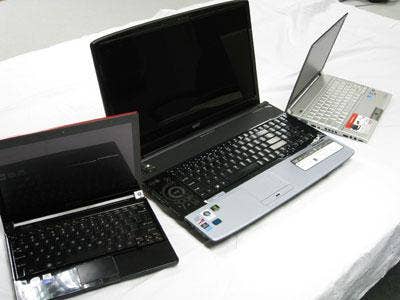
Bigger and stronger. Smaller and sleeker. High end and low end.
In the first half of 2008, PC makers have shown the market more innovation than they have in years -- and it shows no sign of letting up. From Apple's MacBook Air, which stormed the market in January after Steve Jobs pulled it out of a manila envelope, to the Acer Aspire Gemstone Blue, a massive desktop replacement built for multimedia, the market has delivered the goods this year when it comes to mobile computing.
And with Intel's launch of its Montevino, and Nehalem processors yet to come, the second half of 2008 is poised to provide even more significant entries into the market. Here is a look at just some of the top notebooks the Test Center has taken a look at in just the first six months of the year.
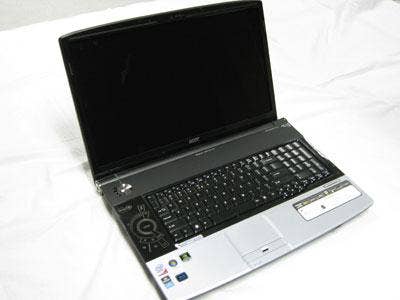
With integrated Blu-ray, an 18.4-inch high-res display, glossy finish and blue backlighting, Acer pulled out the stops in designing this notebook. It's nine pounds, which makes it a little heavy for the typical road warrior (it's really a desktop replacement), but it's performance and target audience (pro-sumers and multimedia fanatics) make a nice combination. Street pricing runs in the $2,200 ballpark, but the Test Center found Acer's idea and engineering to be nicely balanced.
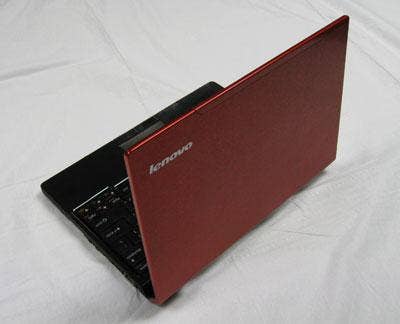
This is a consumer-focused product by Lenovo, but breakthroughs in this device are worth watching for their eventual move to commerical notebooks.
First, the form factor: it's about 2.4 pounds and tiny enough to fit nicely in the same, small carry-on bag as your clothes when you're flying out of town. It's integrated with VeriFace facial recognition software (which the Test Center found to be a little spotty but works nonetheless), and its glossy keyboard is nice to the touch. A USB-attached optical drive is included as a peripheral. The small display (11.1 inches) is brightly enough lit so that it actually looks bigger than it is.
Priced at a higher-end $1,849, the form factor and features could make the ThinkPad a knockout if that unit of Lenovo could find a way to adopt them.
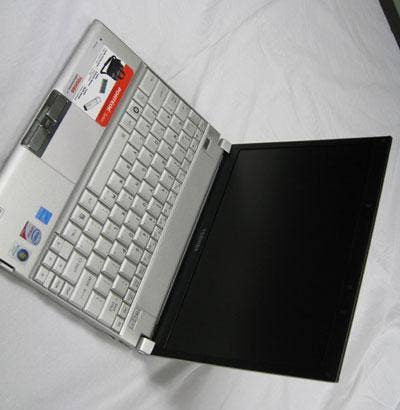
The Test Center took hold of a Portege R500-S5006V for testing and found it stacks up nicely to the competing products offered by its rivals. The metallic, silver case surrounds a comfortable, full keyboard; the right and left mouse buttons are mirror-shiny and the 12.1-inch, diagonal, widescreen display has what Toshiba says is a transreflective blacklit LED at 1280 by 800 WXGA.
The system that shipped here was preloaded with Windows Vista Business and built with an Intel Core 2 Duo U770 processor at 1.33 GHz, with 2 GB of memory and a 128 GB solid-state drive. With these specs, the Portege R500 scored 1514 on the Primate Labs' Geekbench benchmarking test, slightly less than the score we found on the ThinkPad X300 and measurably lower than the MacBook Air. (The Apple notebook reviewed by the Test Center was built with a PATA drive, not the SSD in the Portege R500.) The PortegeR500-S5007V, a model that shipped earlier this month, is priced at a higher-end $2,999.
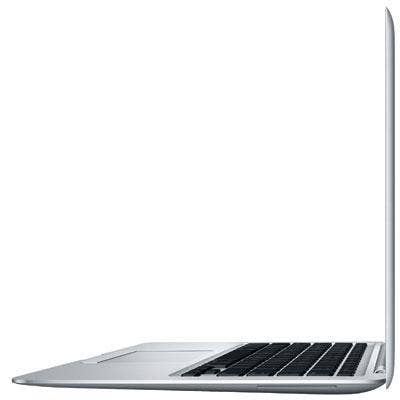
This is the one that started it all this year. Apple's thinnest, lightest and sleekest Mac offering ever, the MacBook Air is far from perfect. It lacks an optical drive, it's got no Ethernet port and it doesn't support 3G or WiMAX natively. That aside: with the MacBook Air, Apple did what Apple does -- it captured the market's imagination and whetted its appetite for thinner, lighter, sleeker and better-looking notebooks than ever before.
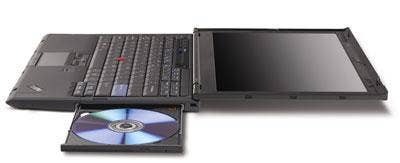
After looking at this for a day in the Test Center lab just prior to its launch, it became clear that Lenovo hit a home run with the ThinkPad X300. As thin and light as a MacBook Air, there's no mistaking the X300 for anything other than a ThinkPad. In ThinkPad black, the X300 is also built with an in-board optical drive and its thermodynamics and battery life both scored high marks during testing in the lab. Priced on par with the MacBook Air and Portege R500, the ThinkPad X300 makes a strong business case for state-of-the-art mobile computing.
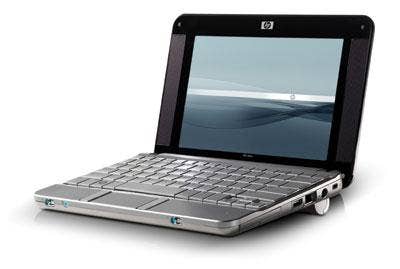
Hewlett-Packard, not wanting to be left out of the party (it's the market share leader, after all) launched the Mini Note earlier this year with an eye on competing with the Asus EEE PC and the nascent UMPC segment. Available with either Novell SUSE Linux, Windows Vista or FreeDOS, the Mini Note is too large to be considered a UMPC but too small (an 8.9-inch screen and 2.63 pounds) to be considered a traditional notebook. Performance and battery life were OK, according to lab testing. HP is working with channel partners to market this in the education space, and pricing ranges from $499 to $749 depending on the configuration.
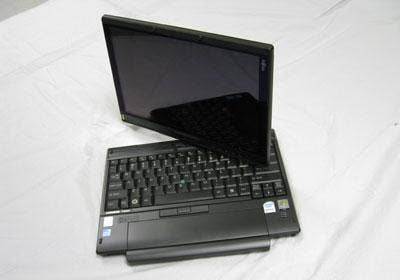
Fujitsu has been in the tablet PC business for years, and it shows with the LifeBook T2010. The 3.5-pound evaluation unit ran Microsoft Windows Vista Business, with an Intel Core 2 Duo U7600 processor at 1.20GHz and 2 GB of memory. Using Primate Labs' Geekbench software, the T2010 benchmarked a score of 1,337. The T2010 shined the most when battery life was measured -- more than four hours with power-saving measures turned off, eight hours with them turned on. The form factor, weight and battery life make this a great device for all-day use in a campus, warehouse or manufacturing environment and without cheating on performance.
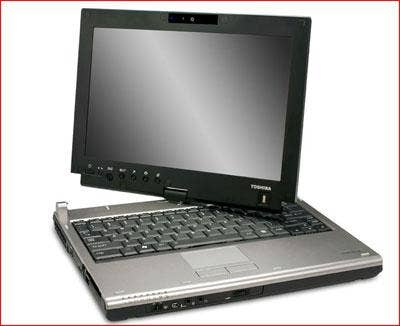
Toshiba's Portege R400 was the Test Center's notebook of the year for 2007, and the Portege M700 was its follow-on. On performance, pricing ($1,799), and swivel display that provides for tablet PC conversion, the M700 is a noble successor to last year's top notebook. Toshiba's display technology, on-board security features and channel program for VARs make this, too, one of the year's best so far.
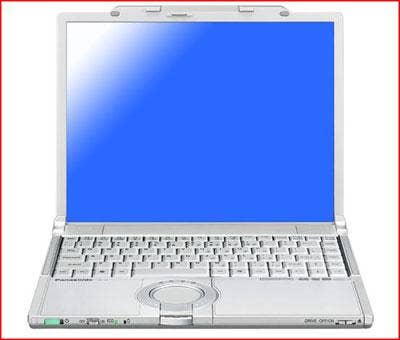
Once you start shipping "ruggedized" and "business rugged" notebooks, it might become a challenge to ship products that improve on the standard. Panasonic's effort earlier this year, with the Toughbook Y7, does a good job. Its 14.1-inch display in a drop-resistant, spill-resistant notebook pushes its size boundaries from previous business rugged devices, and at 3.7 pounds it's not exactly an anchor to have to carry around, either.
Panasonic's entry into the rugged space years ago, along with its success, has caused rivals to seek to match the PC maker in toughness -- and with Panasonic continuing to push design and features, will have rivals continuing to work hard to catch up.